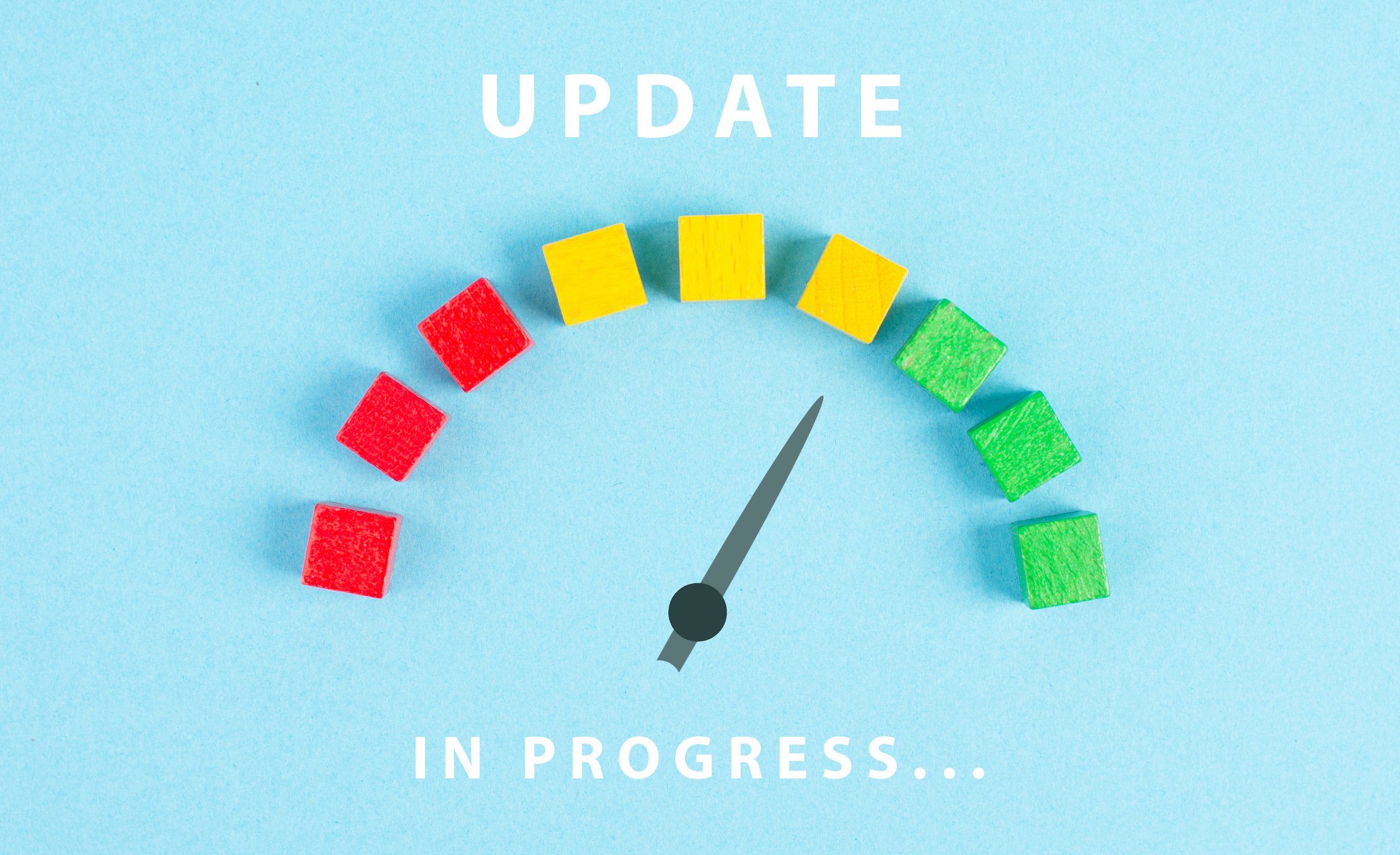Your golden years are a significant aspect of your life that require diligent saving and careful contemplation. However, the journey towards this phase can be lengthy and complex as it’s filled with numerous decisions and potential missteps. We’re paid handsomely to fix some of these mistakes, so we wanted to highlight a few common areas in which people tend to get tripped up. So, what are some frequent errors you could sidestep?
- Missing Opportunities for Passive Income
A significant number of individuals place excessive emphasis on the idea of a nest egg. There’s no doubt this is important, but focusing solely on it means potentially overlooking the possibilities provided by other sources of passive income. These can include rental income, pensions, and limited partnerships to name a few.
These income streams and asset classes have their drawbacks, too, and won’t fit well with every portfolio, but when it’s a good fit these additional income streams can help to diversify your income in retirement. This can help to mitigate risk, reduce reliance on portfolio withdrawals, and potentially lessen the likelihood of running out of money in retirement.
- Relying on a Singular Approach for Retirement
It’s not unusual to depend on one particular financial instrument when planning for retirement, and this could work effectively in certain situations. There are countless numbers of multi-millionaires who owe their success to finding something that works, doubling down on it, and staying disciplined and persistent over time. But retirement isn’t about taking big risks and doubling down on what you hope will eventually be a winner. This is a time to limit risk, diversify, and spread your nest egg around to different baskets.
It’s a different mindset. The decisions you made to build wealth aren’t the same as those you’ll need to keep your wealth. For some, this may mean a radical rethink in your early 60s as you look forward to the next few decades. There are an incredible number of ways to formulate a solid retirement plan, as well as numerous ways you can organize your funds and accounts. If you are approaching retirement and you’re not making moves to change your portfolio or planning, then you could be leaving yourself open to idiosyncratic risks that invariably arise in non-diversified retirement plans and portfolios.
- Poor Tax Management
The role of taxes in retirement strategy and planning cannot be underestimated. Being aware of how taxes will affect you as you move into retirement is critical. Keeping all your money in tax-deferred retirement accounts may mean large distributions at age 73 when you hit your required beginning date, and this could be enough to bump you into a higher bracket. Roth conversions could potentially help, but these have their own drawbacks in that they can lead to IRMAA surcharges on Medicare Part B and D premiums, the loss of tax credits, and even the application of the next investment income tax. Your decisions are all interconnected, and being cognizant of how one choice impacts another can be the difference maker in managing your lifetime tax liability as effectively as possible.
The Takeaway
The process of planning for retirement is not without complexities and challenges. However, smart strategies can address nearly all facets of one’s individual monetary blueprint. It is crucial to remember that everyone has unique plans and needs; hence, there isn’t a single definitive path toward an effective retirement plan. If you’re in search of guidance for your retirement journey then give us a call today. We’ll schedule a complimentary consultation for to address your concerns and provide an evaluation of your current financial standing.












